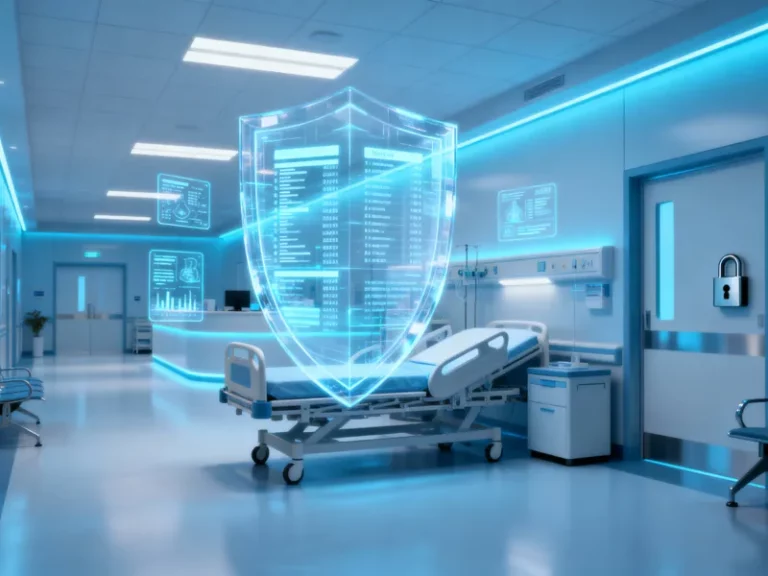Healthcare has gone digital faster than almost any other industry. Patient records are no longer stored in cabinets; they reside within cloud platforms, hospital networks, connected medical devices, and mobile health apps. This digital shift promises better care, faster diagnosis, and smarter hospitals. But it also opened a new front line of cyberattacks that target human lives, not just data.
When ransomware shuts down a hospital system, surgeries are postponed. When medical devices are tampered with, patient safety is at risk. When personal health records are stolen, the damage lasts forever. That’s why cybersecurity in healthcare is no longer a technical topic, but a patient protection priority.
Why Healthcare Is a Prime Target for Cybercriminals
Healthcare networks are rich, complex, and often underprotected. Unlike finance or tech, many hospitals still rely on legacy systems, outdated software, or unsecured devices. Cybercriminals know this, and they exploit it.
There’s also a business reason: health data is worth far more than credit card info on the dark web. Medical records contain identity details, insurance data, family info, and even biometric markers. Once stolen, they can’t be “reissued” like a bank card. They remain valuable forever.
The Rise of Connected Medical Devices and New Risks
IoT devices are now everywhere in hospitals: pacemakers, insulin pumps, MRI machines, patient monitors, smart beds, and more. These devices save time, automate care, and improve accuracy. But many were not designed with cybersecurity in mind.
A single exposed device can be an entry point into the entire hospital network. And unlike computers, medical devices cannot always be patched or rebooted, because they are in use with real patients.
When a device is compromised, the risk is no longer digital. It becomes physical. Cybersecurity is not only about protecting data, but also about keeping treatment running when every second matters.
The Rise of Medical Device Vulnerabilities
Hospitals now rely on thousands of connected medical devices, from MRI scanners to insulin pumps. And the problem is that most of them were designed for performance, not protection. They run outdated software, rarely get patched, and many can’t be updated at all without vendor intervention.
If exploited, these devices can be hijacked, shut down, or used as an entry point into the entire hospital network. In the worst-case scenario, a cyberattack doesn’t just steal information; it can interfere with patient-critical equipment. That’s why modern cybersecurity in healthcare must include medical IoT security, not just firewalls and antivirus.
Healthcare Needs Cybersecurity as Much as Medicine
There is no digital hospital without digital defense. Cybersecurity in Healthcare is now directly tied to patient safety, legal compliance, and public trust. The threats are evolving, and so must the protection. Hospitals do not need more alarms; they need visibility, automation, and proactive defense that stops attacks before treatment is interrupted.
At Terrabyte, we help healthcare organizations secure every layer of their digital ecosystem, from patient data to medical devices, with intelligent, real-time protection built for life-critical environments. Because in modern healthcare, saving lives also means securing them.




